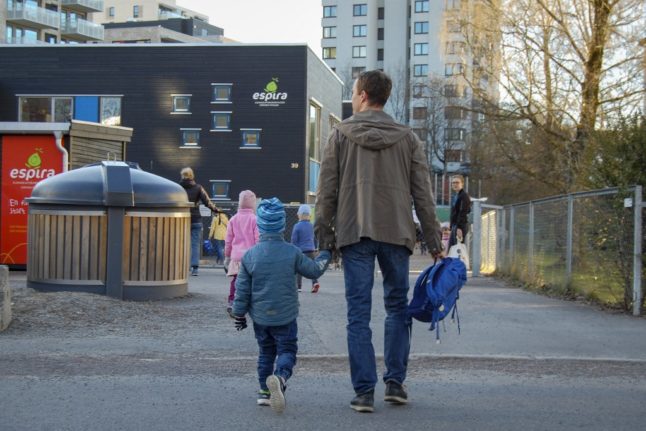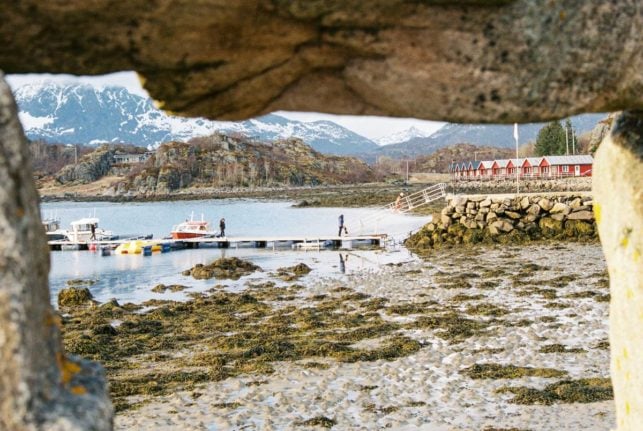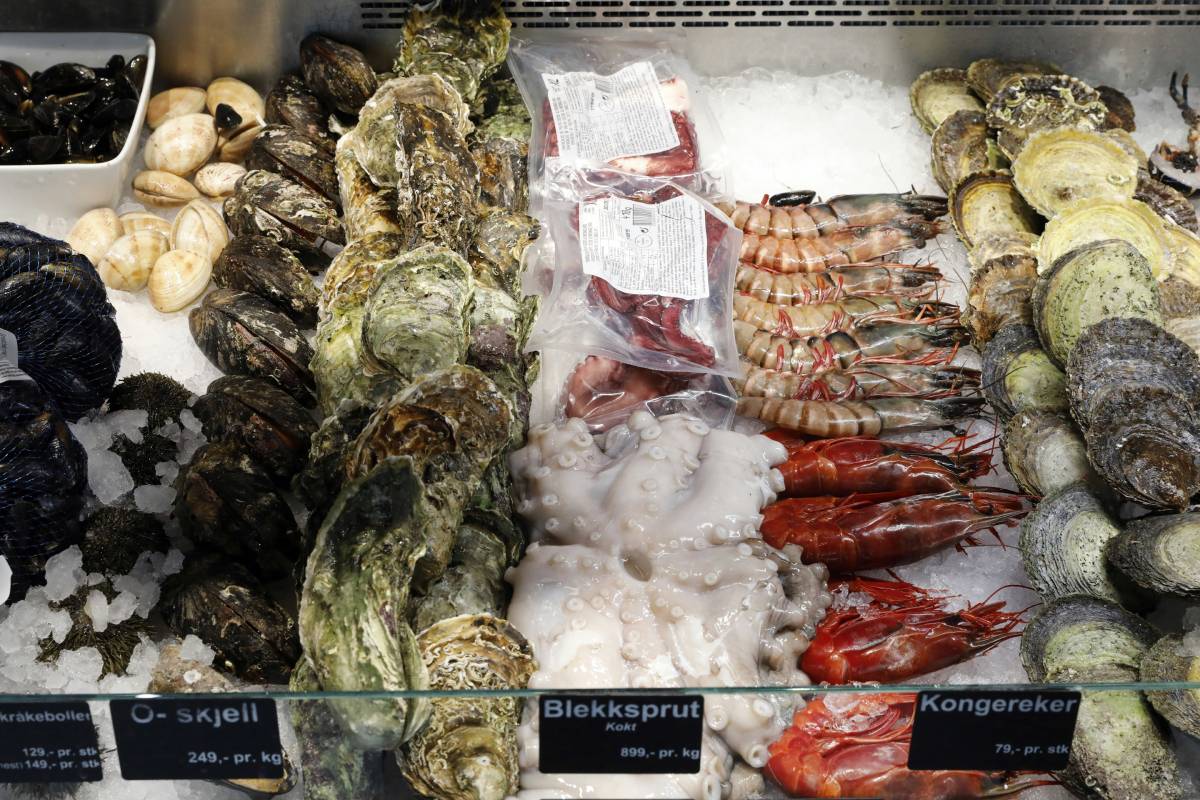Similar to the British half-term, the autumn school holiday is the first break since the start of the new academic year in August and generally takes place in the first two weeks of October.
County councils decide the dates of their respective areas’ autumn holidays and, while most schools have the time off in the same period every year, this is not set in stone and can be moved to a different week.
The idea behind the staggered holidays is to avoid popular holiday destinations in the country becoming too congested.
Since the 2020 reform, which saw some counties merging with others, Norway has been split into 11 counties or fylker.
Oslo and the remaining three counties (Agder, Troms og Finnmark and Viken) have their autumn breaks in Week 40, with the holidays starting on October 2nd.
In Week 41, i.e. the week beginning October 10th, autumn holidays – høstferie – are kicking off in the following seven counties:
Shorter holidays in the north
While many schools across Norway have a full week off, this is not the case everywhere: In Nordland, for example, Norway’s least populous county, the autumn holiday is only three days, from Wednesday, October 12th to Friday, October 14th.
Northern areas, such as Nordland, typically have shorter holidays.
The counties publish their approved holiday calendars for the coming academic year on their websites – these are linked at the county names above.
Schools usually have five holidays each year. The school year has two terms and typically runs from August to June with holidays for Christmas, Easter and summer – where schoolchildren get at least eight weeks off. Each term is further broken up by a shorter (up to one week) holiday – the Autumn and Winter holidays.
There is also generally a ‘planning’ day in November when schools are closed for the day.
Schools are, of course, also closed for national holidays – helligdager. Norway has ten of these, fewer than Finland’s 15 but beating the UK’s paltry eight.
These include several religious holidays, such as Ascension Day (Kristi himmelfartsdag), as well as Norwegian Constitution Day, the country’s national day and biggest celebration. It’s held on May 17th, hence its popular name of Syttende Mai.
READ ALSO: May 17th: A guide to how Norway celebrates its national day





 Please whitelist us to continue reading.
Please whitelist us to continue reading.
Member comments